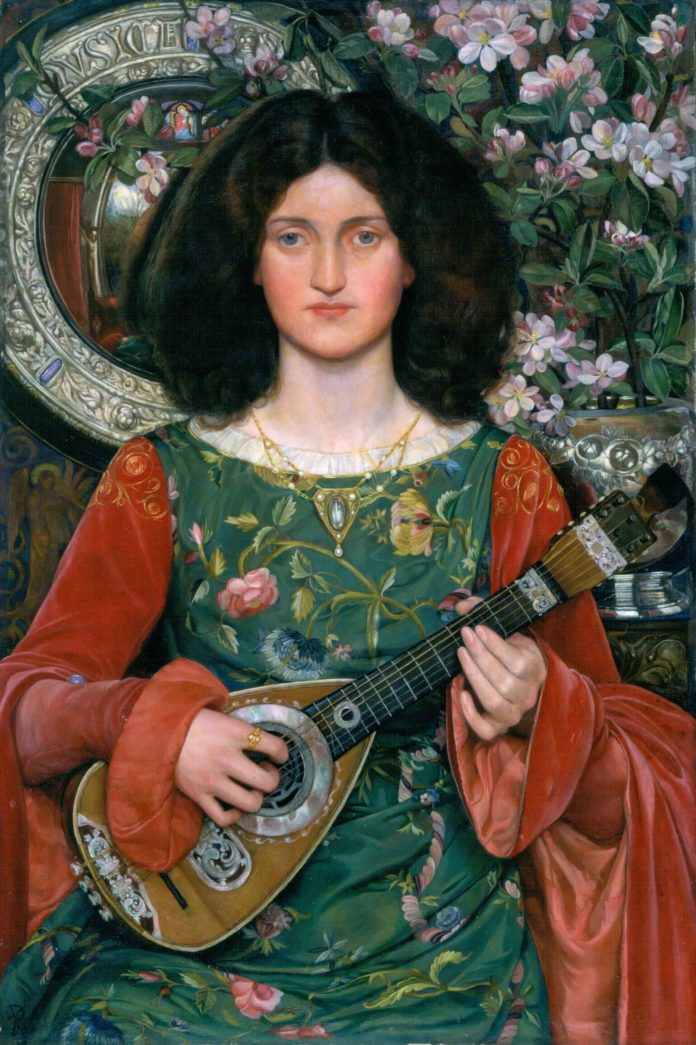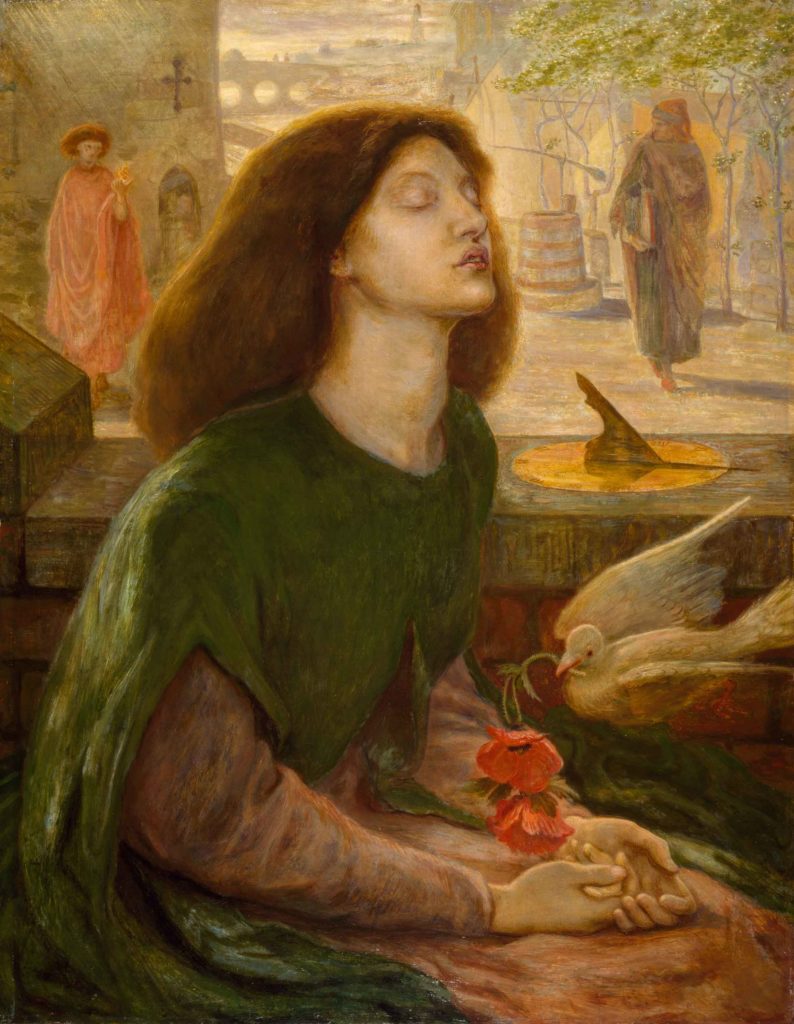
The Seattle Art Museum (www.seattleartmuseum.org) presents “Victorian Radicals: From the Pre-Raphaelites to the Arts & Crafts Movement” (June 13–September 8, 2019), exploring how three generations of rebellious British artists, designers, and makers responded to a time of great social upheaval and an increasingly industrial world. Organized by the American Federation of Arts and the Birmingham Museums Trust, the exhibition features 150 works from the collection of the Birmingham Museum of Art—many of which have never been shown outside the United Kingdom—including paintings, drawings, books, sculptures, textiles, stained glass, and other decorative arts. They reveal a passionate artistic and social vision that revolutionized the visual arts in Britain.
“Victorian Radicals” features work by notable Pre-Raphaelite and Arts & Crafts artists including Ford Madox Brown, Edward Burne-Jones, William Holman Hunt, John Everett Millais, William Morris, and Dante Gabriel Rossetti. Playing out against the backdrop of late-19th-century England, these influential movements were concerned with the relationship between art and nature, questions of class and gender, the value of the handmade versus machine production, and the search for beauty in an age of industry—all relevant issues in our current era of anxiety amid rapidly evolving technologies.

“This exhibition is perfect for Seattle right now,” says Chiyo Ishikawa, SAM’s Susan Brotman Deputy Director for Art and Curator of European Painting and Sculpture. “These artists wanted art to infuse every aspect of life, believing it could be a force for social good. Somewhat paradoxically, they looked back to England’s medieval past for inspiration, revering nature, authenticity, and the handmade—and in doing so, they brought up questions about the purpose of art in society that future generations would continue to grapple with.”
Sign up to receive Fine Art Today, the free weekly e-newsletter from
Fine Art Connoisseur magazine.






